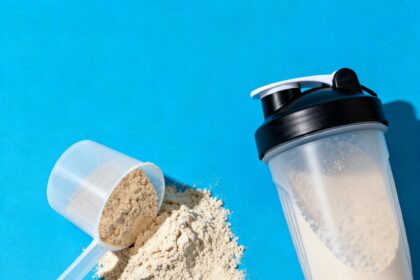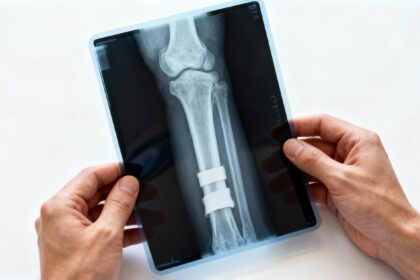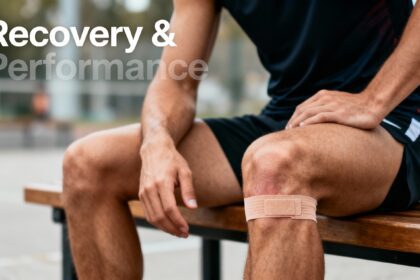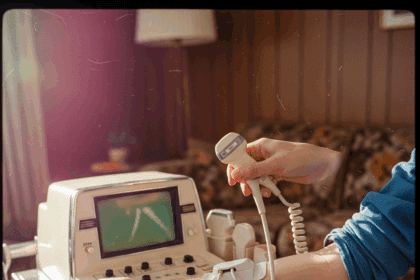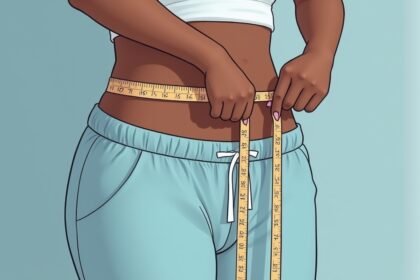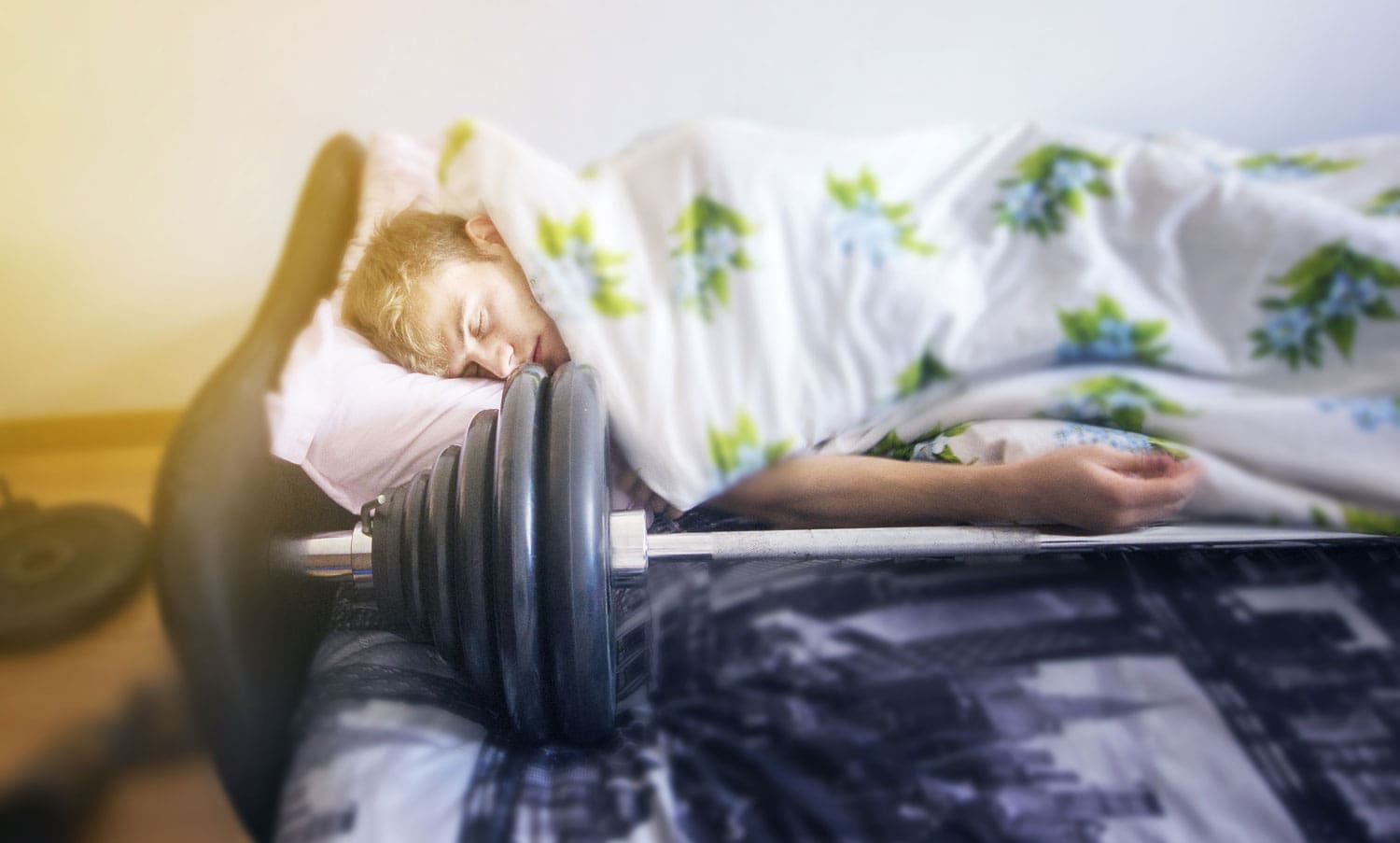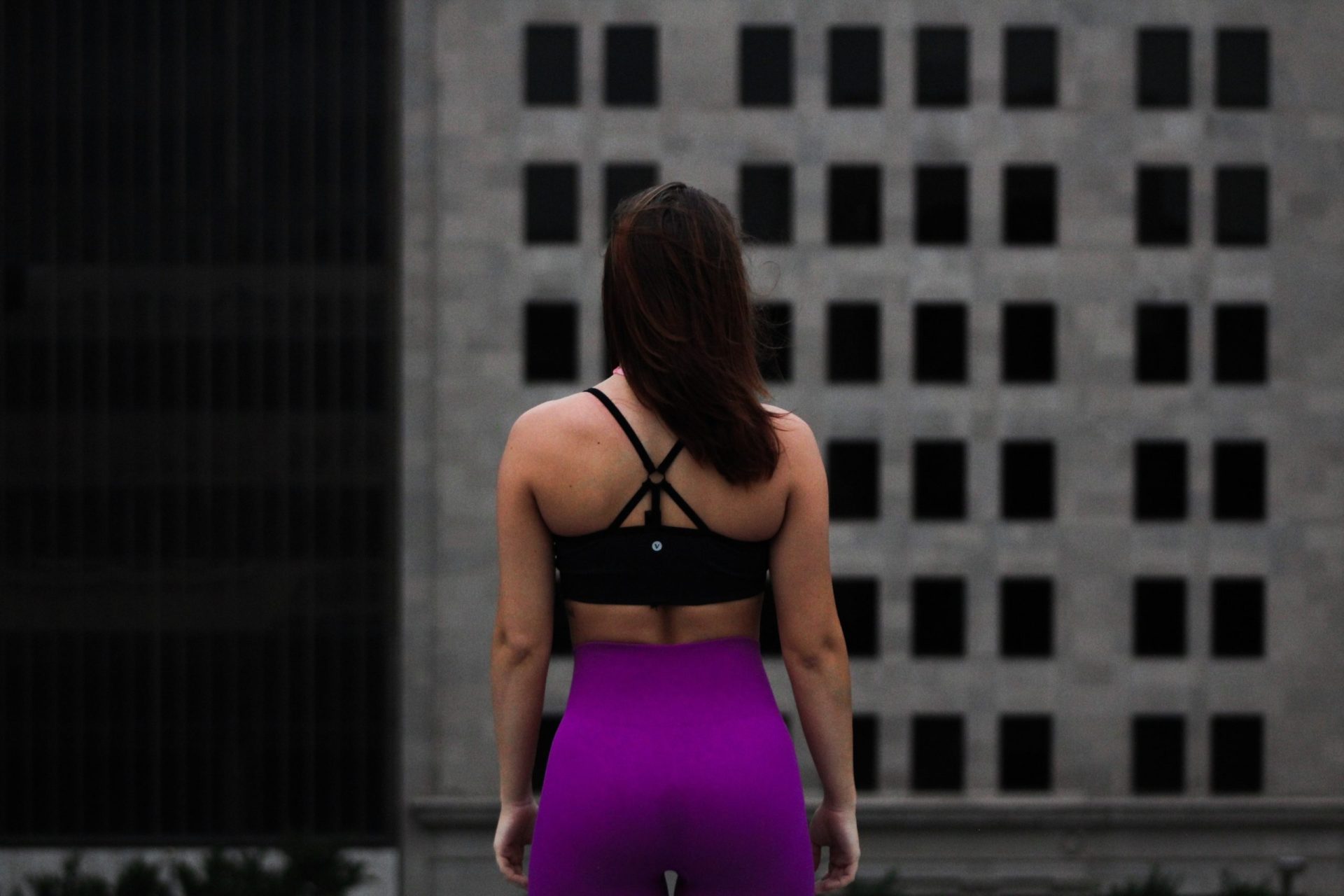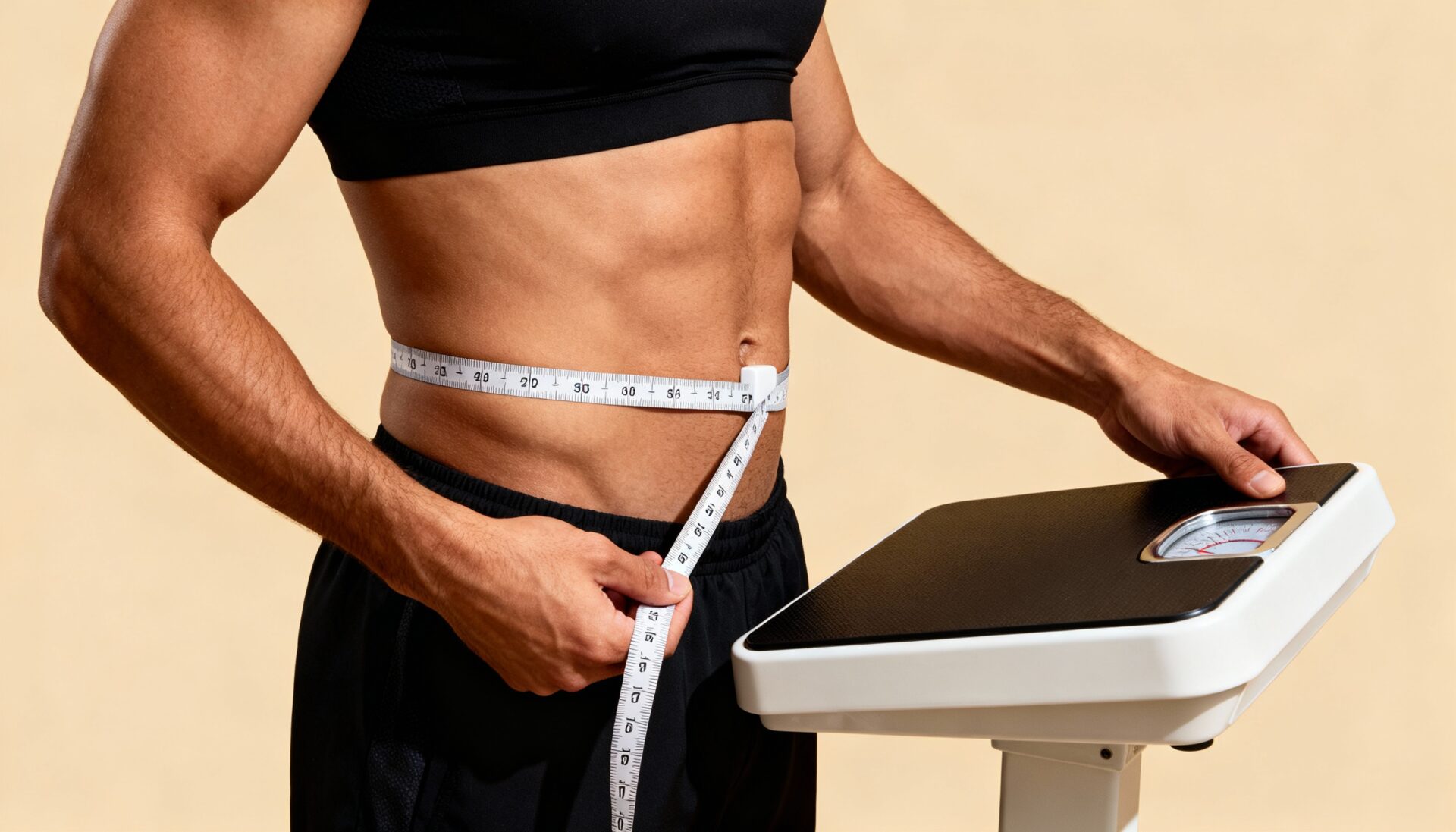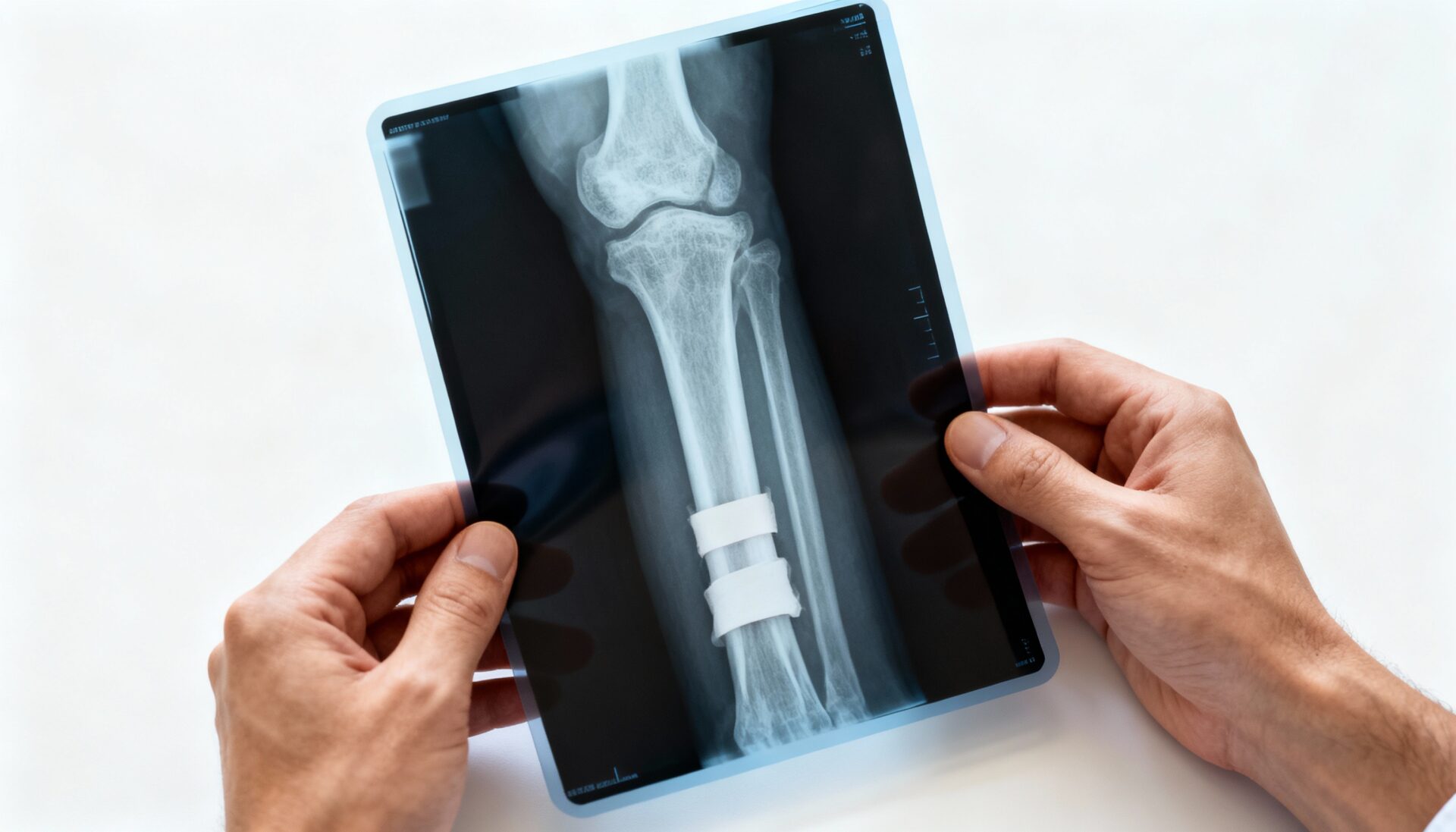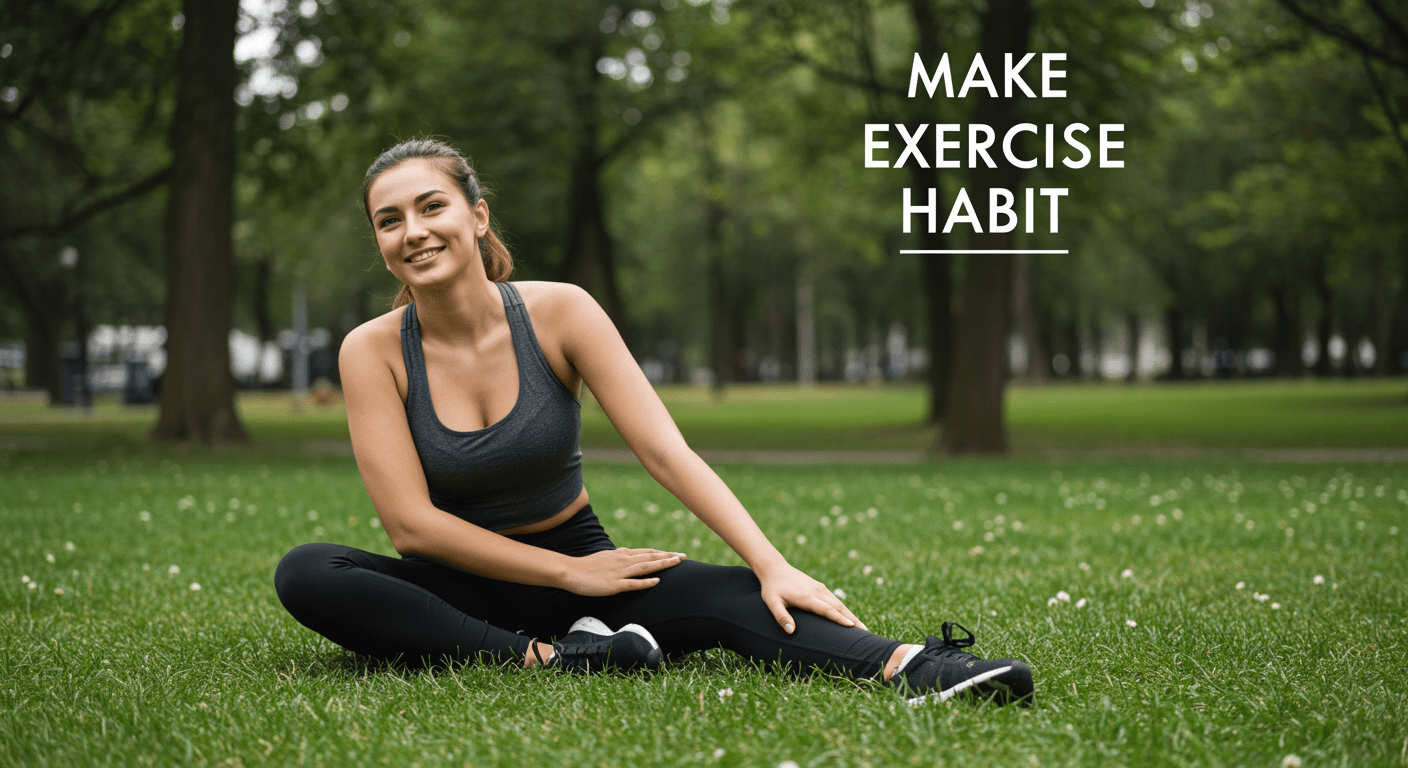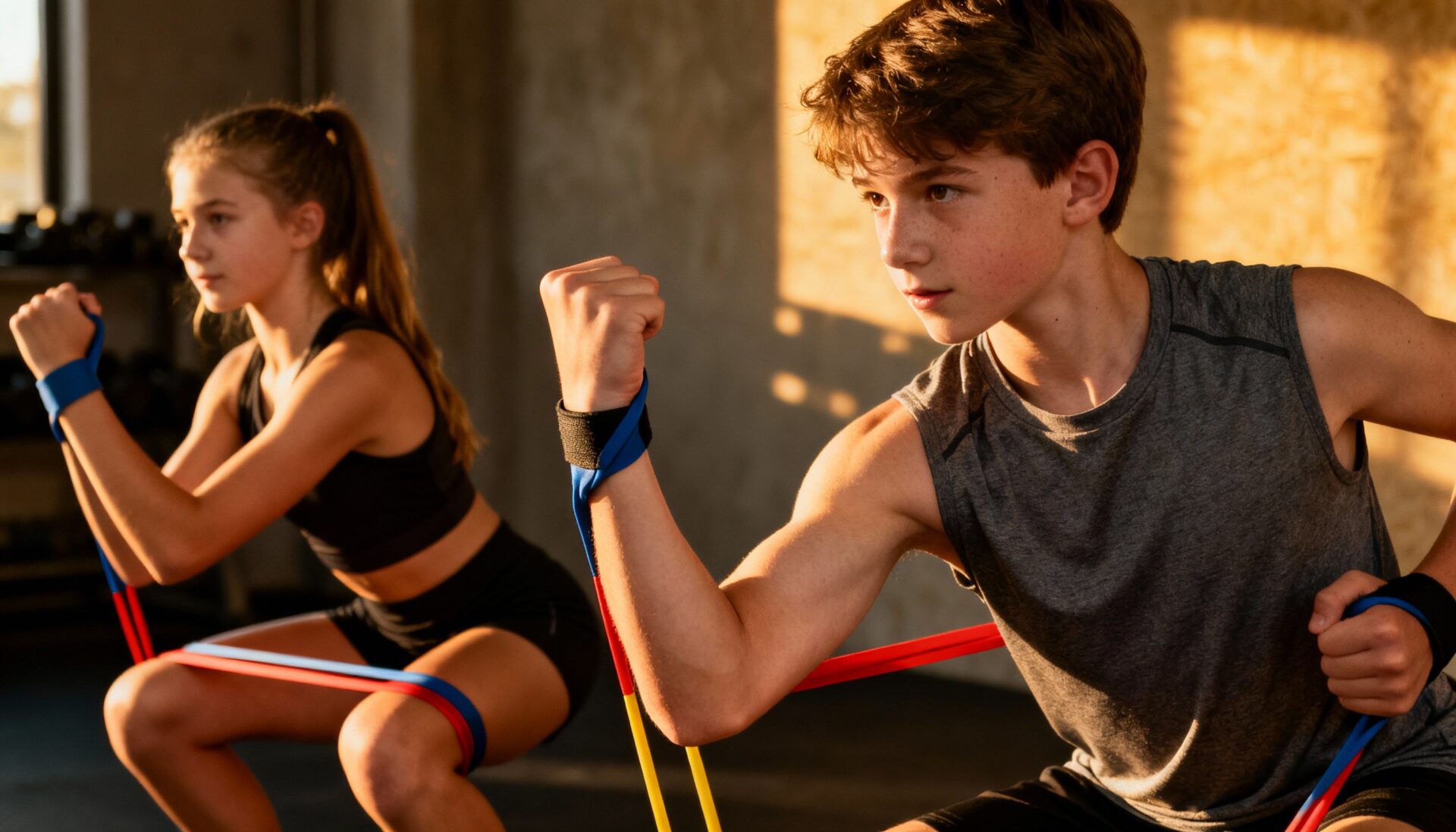Most women think that to get a slim and sexy stomach, they need to increase the number of sit-ups they do every day. Sit-ups by themselves will work the muscles of the stomach, but they don’t burn that many calories and, therefore, will not burn that much body fat. It’s best to include other forms of exercise and a calorie controlled diet to achieve excellent results. This may surprise many women, but sit-ups are not a good abdominal exercise for core strength.
Research conducted at the Human Performance Laboratory at Montclair State University reported that the traditional sit-up may be a poor choice for core strength training due to its focus on hip flexion. Researchers examined differences in abdominal and hip flexor muscle activation and trunk and hip kinematics between the traditional US Army sit-up and a modified sit-up focusing on trunk flexion.
Eighteen trained males performed 30 seconds of repetitions of each sit-up style while muscle activation of the rectus abdominis, external oblique, and rectus femoris was recorded using electromyography (EMG). At the end of the study, the researchers found that the maximum EMG of the rectus femoris and external oblique, and mean muscle activation of the rectus femoris were greater during the traditional sit-up. This means that the traditional sit up you see many women doing are not effectively exercising your abdominals. In contrast, the modified sit-up activated the rectus abdominis and external oblique greater than the traditional sit-up. In short, the traditional sit places greater emphasis on hips during this sit-up style, which may result in lumbar hyperextension and greater chance for injury. The greater abdominal activation of the rectus abdominis and external oblique activity and peak trunk flexion during the modified sit-up suggests a greater emphasis on trunk flexion during this exercise, which may decrease the lumbar spine load. Therefore, the modified sit-up may be a better exercise selection to train the abdominal muscles.
Spot Reduction: Modern Day Snake Oil
Spot Reduction is a term used to describe using training to target a specific area of the body. For example, doing a certain leg exercise to slim your thighs. Another classic example of spot reduction is doing sit-ups to reduce belly fat. Using a specific muscle does not get rid of more fat over that muscle in comparison to the rest of your body. If it did, tennis players would have less fat in their tennis arms, and this does not happen. Fat mobilization from an area will typically go to local circulation so it can’t be specifically used by that local muscle. Strength training strengthens weak muscles, but it cannot remove fat specifically over the strengthened muscle. To get a muscle to show more, its all based on your diet.
For example, to show how spot reduction is just a myth, check out the study below: The purpose of this study was to investigate the effect of abdominal exercises on abdominal fat. Twenty-four healthy, sedentary participants (14 men and ten women), between 18 and 40 years, were randomly assigned to 1 of the following two groups: control group or abdominal exercise group. Anthropometrics, body composition, and abdominal muscular endurance were tested before and after training. The abdominal exercise group performed seven abdominal exercises, for two sets of 10 repetitions, on five days a week for six weeks. The control group received no intervention, and all participants maintained an isocaloric diet throughout the study. At the end of the study, there was no significant effect of abdominal exercises on body weight, body fat percentage, android fat percentage, android fat, abdominal circumference, abdominal skinfold and suprailiac skinfold measurements.
The abdominal exercise group performed significantly greater amount of curl-up repetitions compared to the control group on the posttest. Six weeks of abdominal exercise training alone was not sufficient to reduce abdominal subcutaneous fat and other measures of body composition. Nevertheless, abdominal exercise training significantly improved muscular endurance to a greater extent than the control group.
In another study examining if spot reduction can work, Forty overweight women were given either a weight-reduction diet or the same diet plus abdominal resistance training. After 12 weeks, both groups had the same weight decrease, abdominal subcutaneous fat, waist circumference, hip circumference, body mass index, body fat percentage, and skin fold thickness. When you take in more calories than your body burns, you store the extra calories as fat. More than half of the fat in your body is stored underneath your skin and over your muscles. Your stomach will look better when your belly muscles are strong, but sit-ups or crunches will not remove extra fat from your belly. The only way to lose fat from a specific part of your body is to lose weight overall.
Vispute SS, Smith JD, LeCheminant JD, Hurley KS. The effect of abdominal exercise on abdominal fat. J Strength Cond Res. 2011 Sep;25(9):2559-64. Effects of Sit up Exercise Training on Adipose Cell Size and Adiposity. Frank I. Katch , Priscilla M. Clarkson , Walter Kroll , Thomas McBride , Anthony Wilcox Research Quarterly for Exercise and Sport Vol. 55, Iss. 3, 1984. Kordi R, Dehghani S, Noormohammadpour P, Rostami M, Mansournia MA. Effect of abdominal resistance exercise on abdominal subcutaneous fat of obese women: a randomized controlled trial using ultrasound imaging assessments. J Manipulative Physiol Ther. 2015 Mar-Apr;38(3):203-9. Sullivan W, Gardin FA, Bellon CR, Leigh S. The effect of the traditional versus a modified bent-knee sit-up on abdominal and hip flexor muscle EMG activity. J Strength Cond Res. 2015 May 11.






